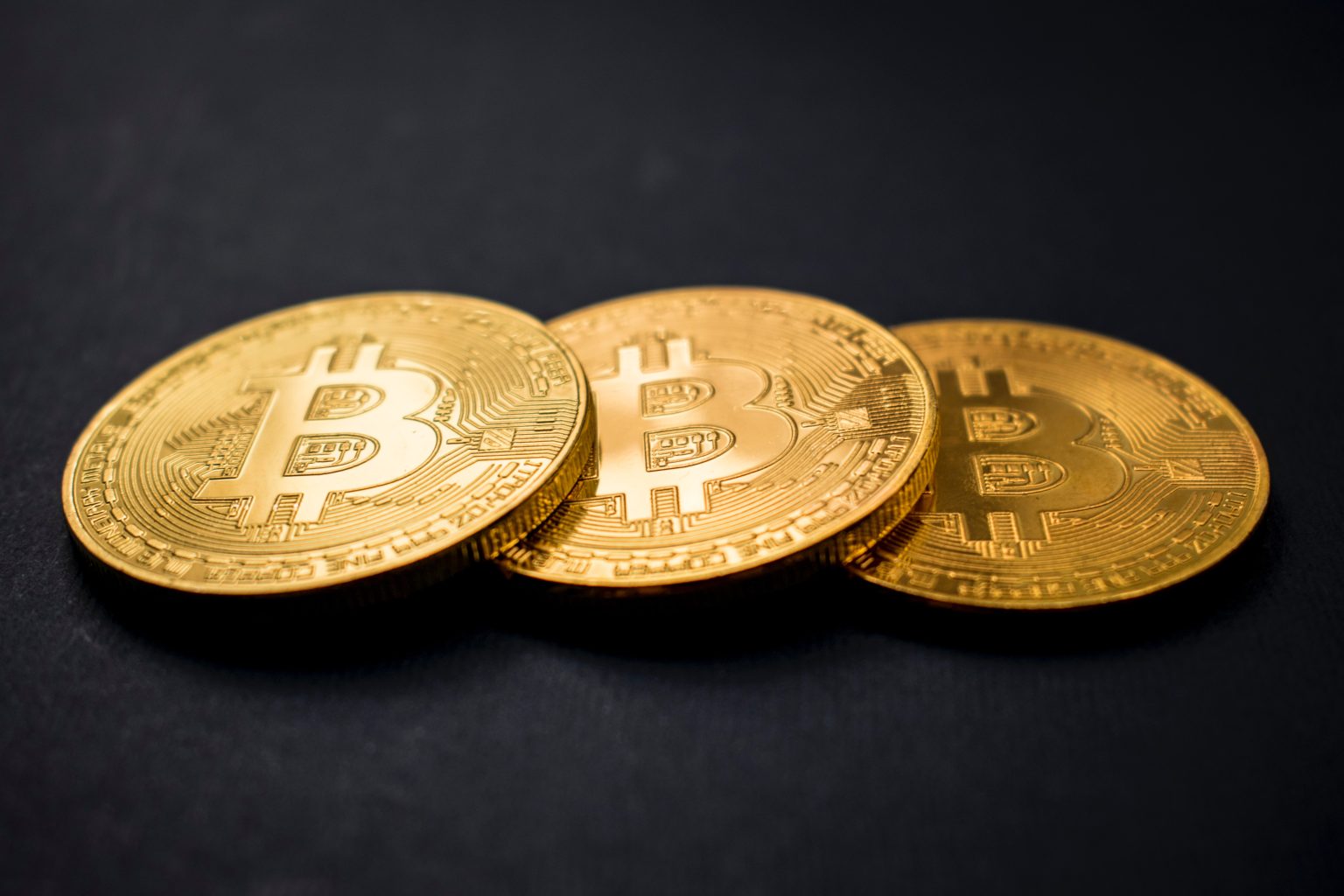Bitcoin has a very multifaceted system for which millions of people think to trade bitcoins on a large scale. It requires coordination as some of the rules running in the nodes help to fully enforce the rules. Some also monitor the blockchain and ensure that any transaction is performed and the miner generally gives full consent, in which we only have to follow certain rules. Miners are required to provide some of the network’s full security as well as computing power. For a better trading experience, use a trusted trading platforms like Bitcoin Profit.
There is also the addition of some chains and some new blocks that completely dissipate energy to ensure integrity and stability. Now speaking of mining, mining is one way by which it completely secures all its growing new ledger for doing bitcoin transactions. It helps some miners to make direct payments in bitcoin, as a reward, whenever computing power has to be provided.
What is Block Subsidy?
Block subsidy is the number of new bitcoins mined per block. Every single block added to something produced is required in the blockchain as well as the rate set by some bitcoin protocols to the creator based on that. It gives full permission to mint some new bitcoins and is implemented only by bitcoin nodes.
Where did bitcoin come from?
The most important part of bitcoins is the ones that fully reward the miners. At the same time, some successful mine blocks only fall into the block in which they are held and all the fees associated with the transaction are presented in it. Talking about the second part of the reward comes from the bitcoin block subsidy itself.
How is block subsidy decided?
This amount is determined only by an algorithm through bitcoin’s source code, with some subsidies starting from 50 BTC per block. Later it is seen that in four years or 210,000 blocks are considered to be about half.
Successful bitcoin block
A successful Bitcoiners simply collects all transactions from the mempool of a few miners to create a new block, as well as combine it into a new block. In this, when they fill their block, they have to go through some other minor problems where they have to solve all the maths on their own, there is some process that they have to face. Miners are considered to be the only base that only finds solutions as well as adds some new blocks to the chain, and new blocks that occur are declared a reward which includes block subsidies.
Is block subsidy dearness or not?
Yes, block subsidies are indeed inflationary as well as bitcoin block subsidies are inflationary because it always adds some new bitcoin stock to the current circulating supply. Some of those supplies are found on the open market by a couple of miners and sold to realize profits as well as pay off as well as cover expenses. Holder is a process that purely encourages bitcoin miners to hold on to something longer, so the smallest and all kinds of new bitcoins are mined. Which are not able to come in the market at one time.
Whether block subsidies are released and when?
It is estimated that a block is mined every 10 to 15 minutes, and once mined, after that, the miner is awarded a prize. All the newly generated tokens or coins are created for a particular type of transaction which we all also call coinbase transactions. It is generally observed that coinbase transactions are added to a block and it is only the very first transaction that generates the coin. This happens because the coins come from the input of a single blank. We call these coins Virgin Bitcoins and they do not have any transaction history in any way.

